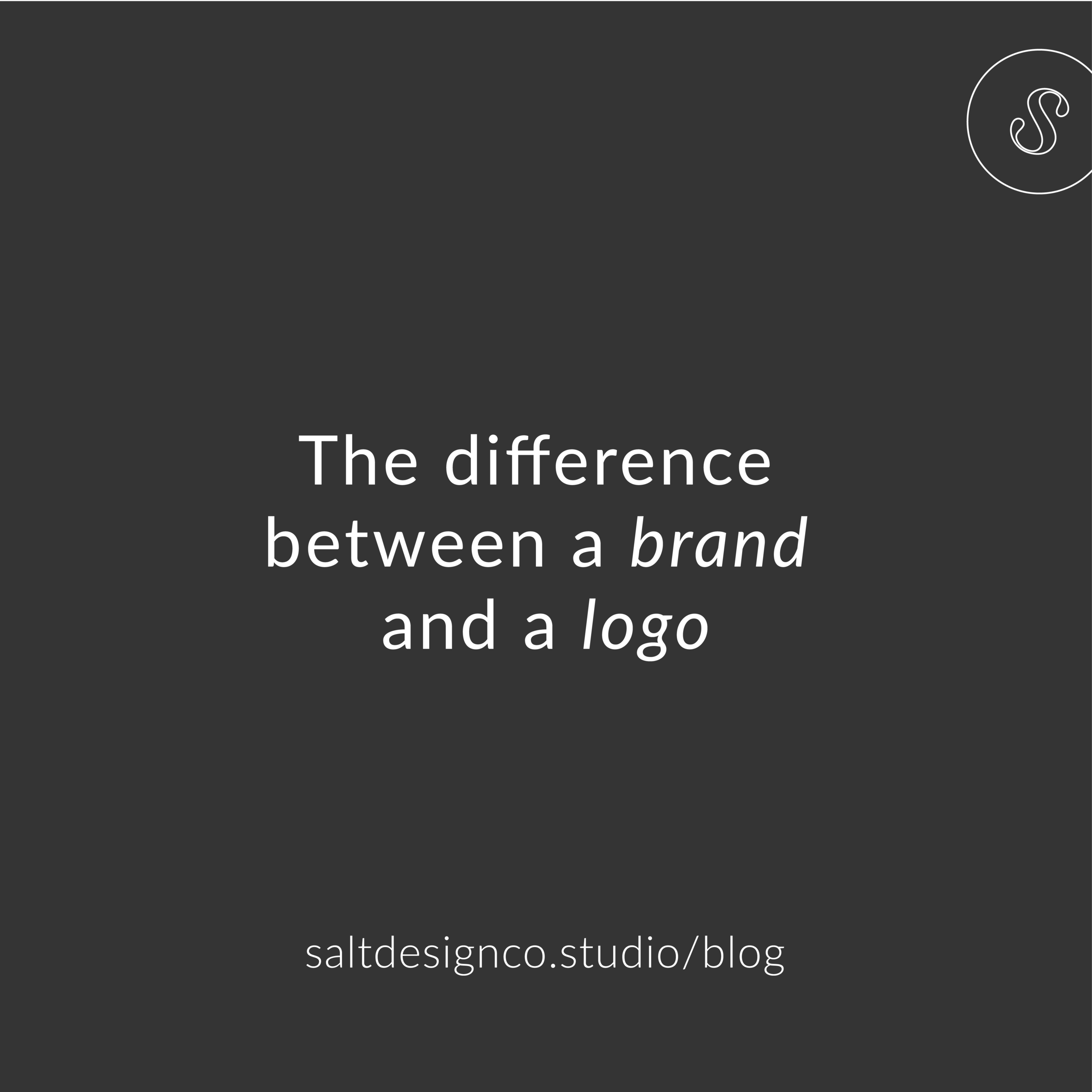How We Ask For (And Use!) Client Feedback
Part of our branding and web design process inevitably involves feedback. And while feedback might intimidate many or sound a bit scary, it’s something we actually look forward to.
You see, as part of our process, we believe that feedback is an integral process in us understanding and working together towards the best visual solution for your business – it’s how we collaborate with our clients the best!
How does feedback work in our design process?
When we come together to work on a brand or website for your business, you’re bringing the expertise ABOUT your business with you. And we rely on that heavily!
Who are your customers or clients? What are they looking for and attracted to? What about your competitors? Who are they? How do you stand out in comparison to them?
We take all of this information (and more!) and work to find the best visual representation of that, ensuring that your brand or website helps you attract your clients, stand out from your competition and ultimately grow your business with you.
And so, without your feedback on our designs, we can’t achieve the best results for you. Which is why we cherish good feedback!
On each presentation (or feedback) form, we pose various questions in order to gather feedback. For a website it might simply be asking what about the layout, design, or copy you need to change.
For branding, we focus on how the design helps to communicate your brand ethos and attract your clients, and what could change to make it more effective in doing so.
Here’s some examples of those questions:
Feedback questions on our brand presentation forms (from the Initial Concept Presentation):
Feedback questions on our website presentation forms:
With client feedback provided, we then start the refinement phase
A refinement phase (or revision phase) is the collaborative process in action, as we take your feedback and combine it with our design knowledge to find a better solution for the visual problem we started out with.
We specifically call it a refinement phase instead of a revision phase because that adds to the collaborative feel of it.
Because of the process we’ve gone through, our initial designs are created with a lot of intention, strategy and planning. They have reasoning behind them; our work is a result of the information we have in those initial planning phases – literally the solution to a puzzle if you will (x client type + y brand personality = z design style).
So! The work to change a design after that initial version, is a refinement, not a revision.
While a subtle difference, the definition of these two words holds meaning. One means to improve upon something with small changes, while the other means to change something entirely into a new form. And together, with your feedback, we’re looking to REFINE the design already created, not revise it.
Refinements vs. Revisions:
Refinement
“the improvement or clarification of something by the making of small changes.”Revisions
“a revised edition or form of something.”
If the design is very unmatched to what you had in mind or what you think will work to communicate your business, then it’s fair to say that the strategy and communication in the initial phase was missing something.
It might be that we just haven’t seen enough examples of the style you had in mind, or we don’t fully understand your taste. It’s likely also that we have different understanding of certain buzzwords (or that the buzzwords are too vague).
In that case, even revisions won’t solve the problem necessarily – going back a step to make sure we’re on the same page with the brand strategy is typically what’s needed in this case.
But, if everything is aligned in that initial phase, then the initial designs should be a good result and visual representation of the business. They might need some refinements to get them even closer to perfect, but that should be about it.
Hopefully this explains our collaborative design process, the ways in which we use client feedback AND why we value the language around refinements instead of revisions. It’s hard sometimes to explain what we do and how – it’s a fun process to complete with our clients and we love the ways in which we get to collaborate with small business owners to bring their brand identity and website to life.
Want to create a brand and Squarespace website together? Take a look at our website design packages and our branding packages to get started!
Liked this post? Save it to your Pinterest!









